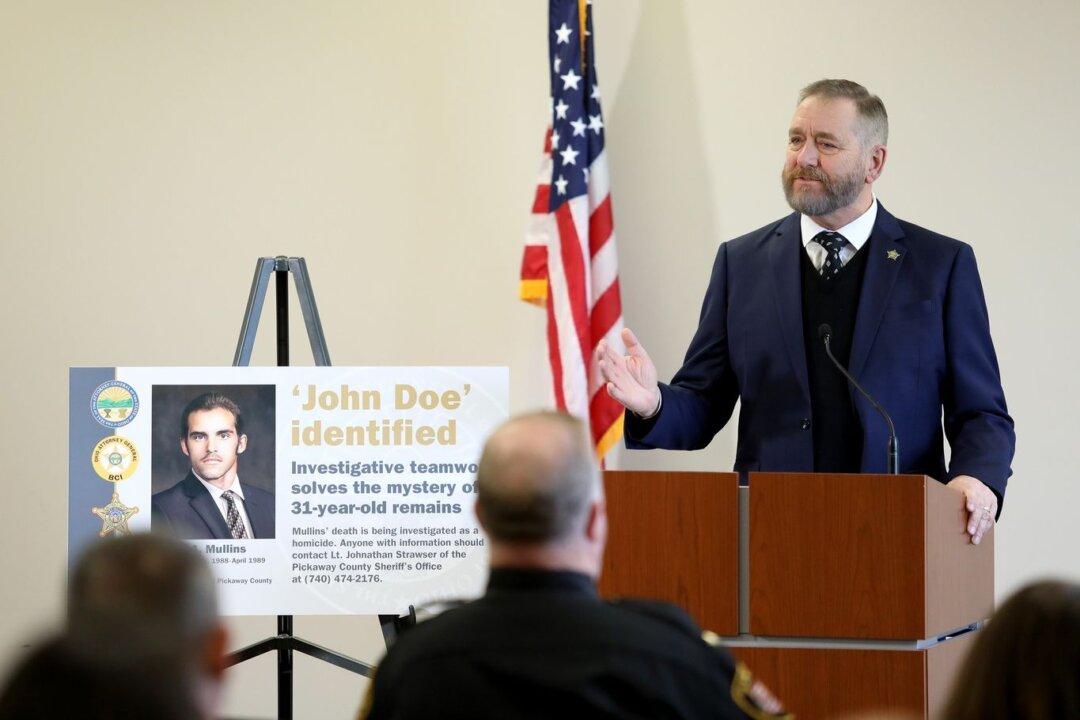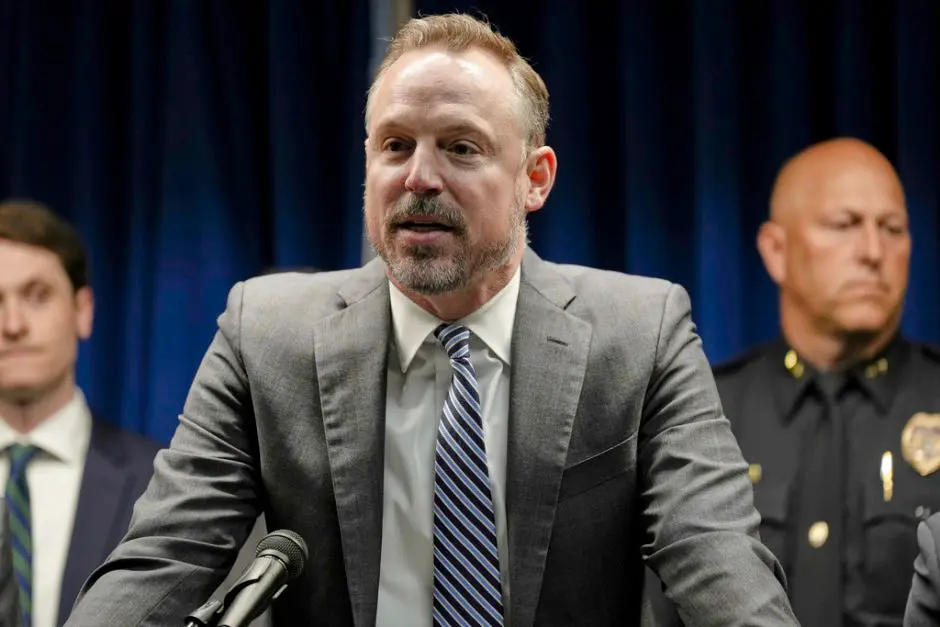Thirty-one years after hunters found human bones in a shallow grave in rural Ohio, DNA unlocked the identity of the apparent homicide victim and renewed hope that the killer will be found.
A remarkable blend of citizens’ cooperation, investigators’ determination, and technological advances revealed that the remains were not those of a woman, as initially thought. Instead, they belonged to a man who was 21 when he went missing in the late 1980s. He was Robert A. Mullins of Columbus, Ohio, authorities announced on Dec. 13.





